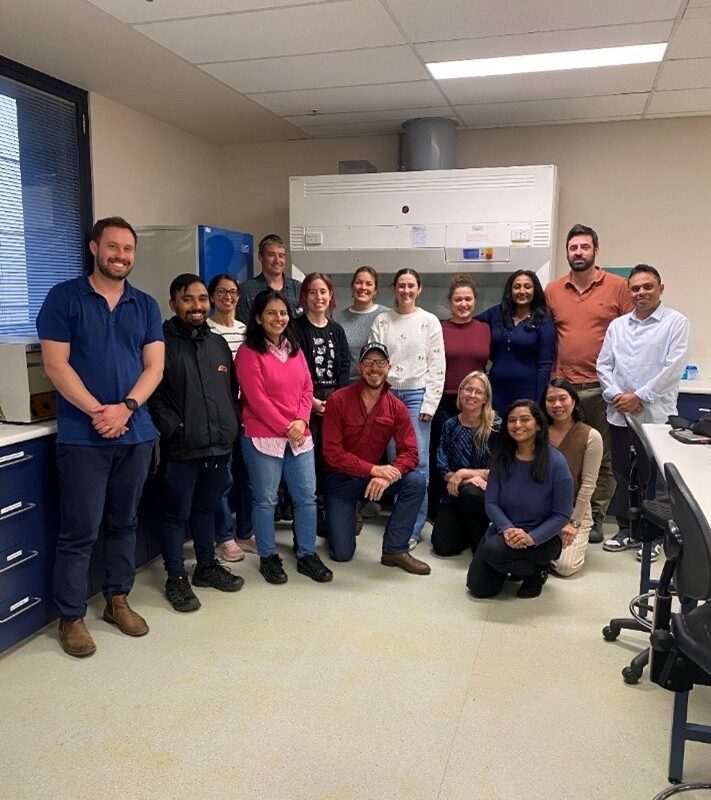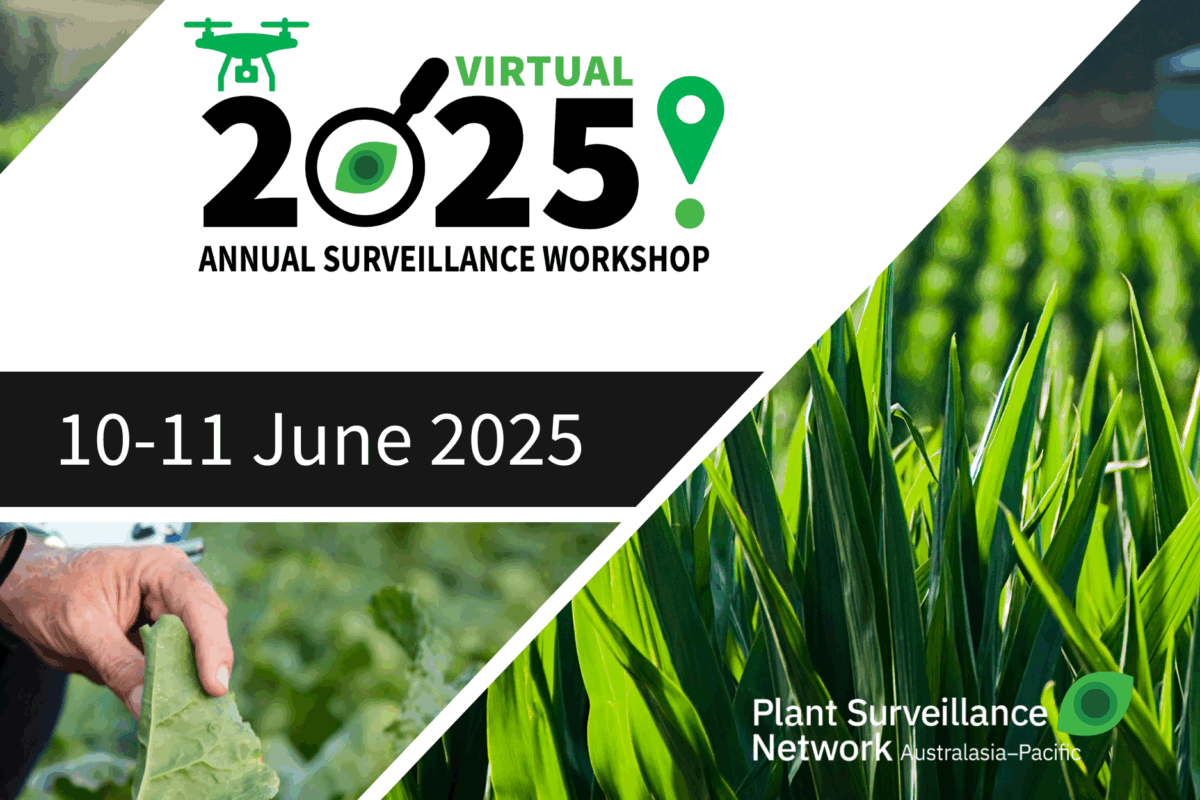Nationally Integrated Surveillance System for Plant Pests
In conjunction with the recent Annual Diagnostics and Surveillance Workshop (ADSW 2023), PHA hosted the first project workshop investigating requirements for development of a nationally integrated surveillance system for plant pests.
Plant pest surveillance is a key activity occurring across all parts of the biosecurity continuum of pre-border, border and post-border.
Surveillance is needed for timely detection or to delimit a new pest incursion, to give us the best chance of eradication, containment or improved management systems. Information from surveillance is also needed to support market access.
“An integrated surveillance system must be coordinated, should include diagnostics to correctly identify pests, systems, tools and communications requirements and needs expertise for data collection and analysis as well as assessment of new risks and pathways,” said Dr Sharyn Taylor, PHA National Manager, Surveillance.
“Our surveillance systems are currently under pressure, and we need to investigate a stable, long-term funding model for delivery and resourcing, which will involve many stakeholders and partners,” she said.
The workshop focused on one of the key areas that emerged from initial consultation undertaken with PHA members in March 2023 highlighting the need to establish and improve surveillance for early (timely) detection of highest priority pests.
Workshop attendees looked at the needs for timely detection across urban environments, remote locations, commercial production and at high-risk sites, and identified areas that were common requirements across all situations such as improved communication (tailored to differing stakeholder groups), better baseline information on pests and hosts as well as training.
Improvements through use of sentinel sites and tools, improved data management and sharing and investigation of new technologies including use of eDNA, volatiles, and x-ray imaging were raised as promising avenues for creating efficiencies when undertaking surveillance.
A second workshop that explored models for resourcing and the delivery of surveillance was held in June, in conjunction with PHA’s Member meetings.
This work is part of a project led by PHA and funded by the Department of Agriculture, Fisheries and Forestry (DAFF).






